
September 7 is Australia's National Threatened Species Day, in memory of the last known thylacine.
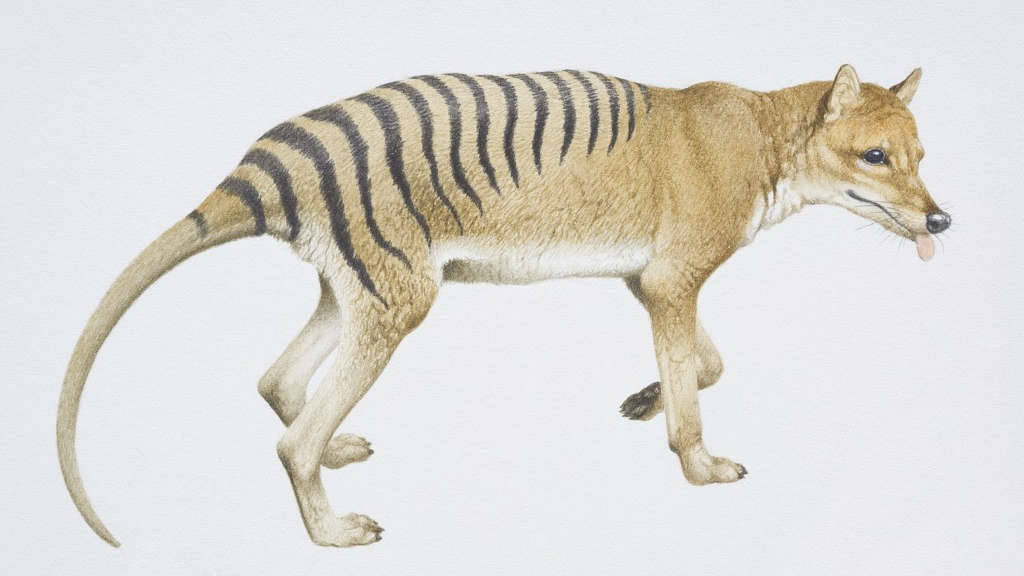
Thylacines used to thrive and prosper in the Australia continent. /VCG Photo
The marsupial lived on this planet for 4 million years before going extinct 73 years ago. In the late 19th century, thylacines were seen as sheep killers and hated by most herders in Australia. The Tasmania government even set up bounties for hunting thylacines. The last known thylacine, Benjamin, once lived in a zoo and died on September 7, 1936. After its death, no one has ever seen a live thylacine.
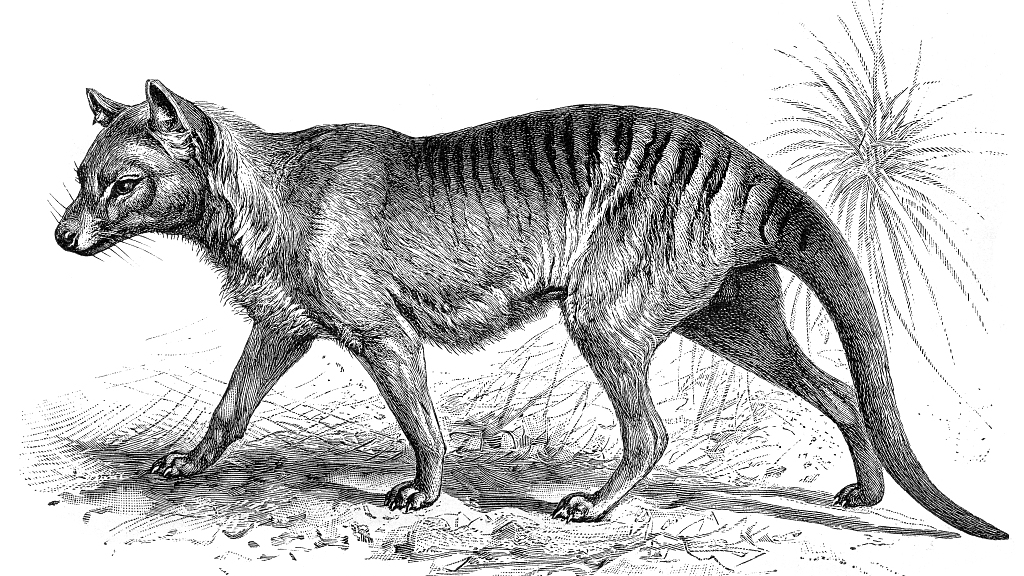
For many of us, we can only recognize the mammal in paintings. /VCG Photo
Scientists believe that we are experiencing the sixth mass extinction, or the Holocene extinction, caused by human activities. The current rate of extinction of species is estimated to be 100 to 1,000 times higher than natural background rates. Numerous species (could be 7 percent of all species on Earth, according to the American Museum of Natural History; or 83 percent of wild mammals, 80 percent of marine mammals, 50 percent of plants and 15 percent of fish, according to the Proceedings of the National Academy of Sciences of the United States of America) have gone extinct since the dawn of human civilization. The thylacine is only one of them.
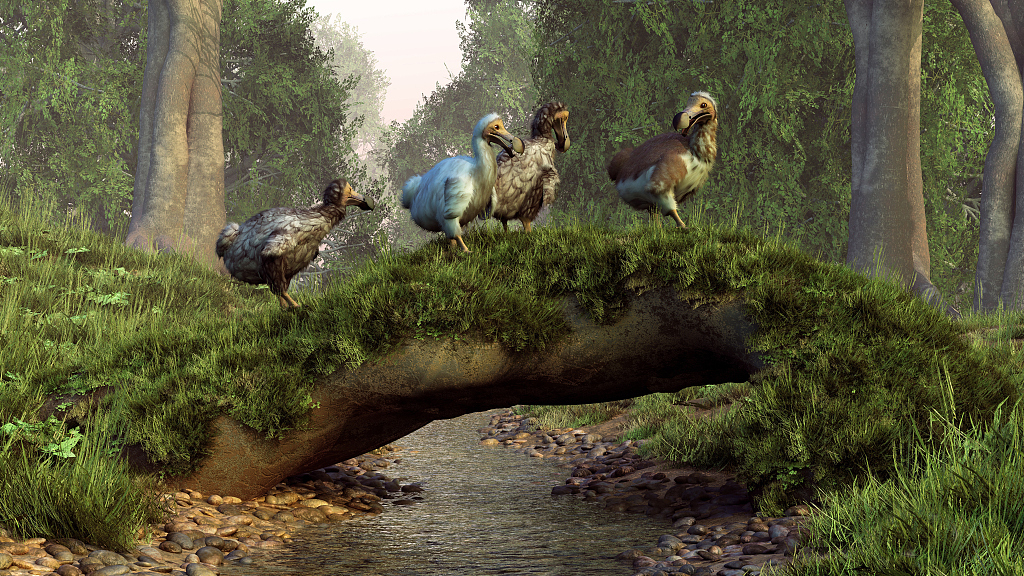
An artistic depiction of dodos and their habitat. The bird was discovered by humans in 1505, and went extinct around 1660. /VCG Photo
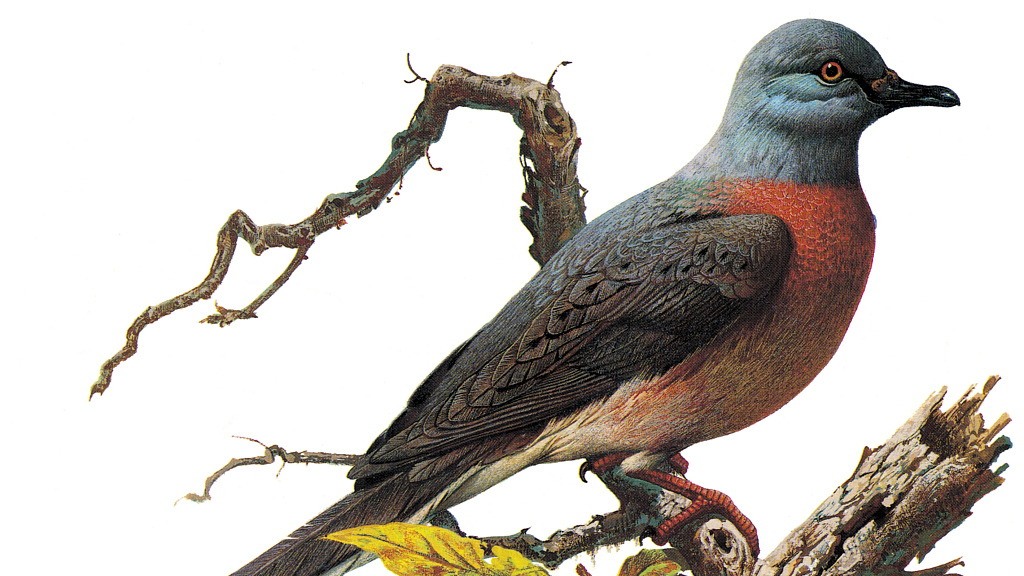
There used to be 5 billion passenger doves in the North America. The last one died in 1914. /VCG Photo
Famous extinct species include the dodo, passenger pigeon, great auk, and Steller's sea cow. The latest victim could be the Northern white rhino: after the last male died in 2018, the species is almost extinct with only two female left. In China, we have lost the Caspian tiger (Panthera tigris virgata), Yunnan newt (Hypselotriton wolterstorff) and several fish species, according to the Red List of China's Vertebrates. Wild horse (Equus ferus), Saiga antelope (Saiga tatarica), and wild water buffalo (Bubalus arnee) are considered extinct in the wild. White stork, Siberian grouse, sarus crane, saltwater crocodile, and all three species of rhinos within China have gone regionally extinct. The "Goddess in the Yangze River," the Baiji dolphin, though listed as "Critically Endangered", have not been seen for 17 years.
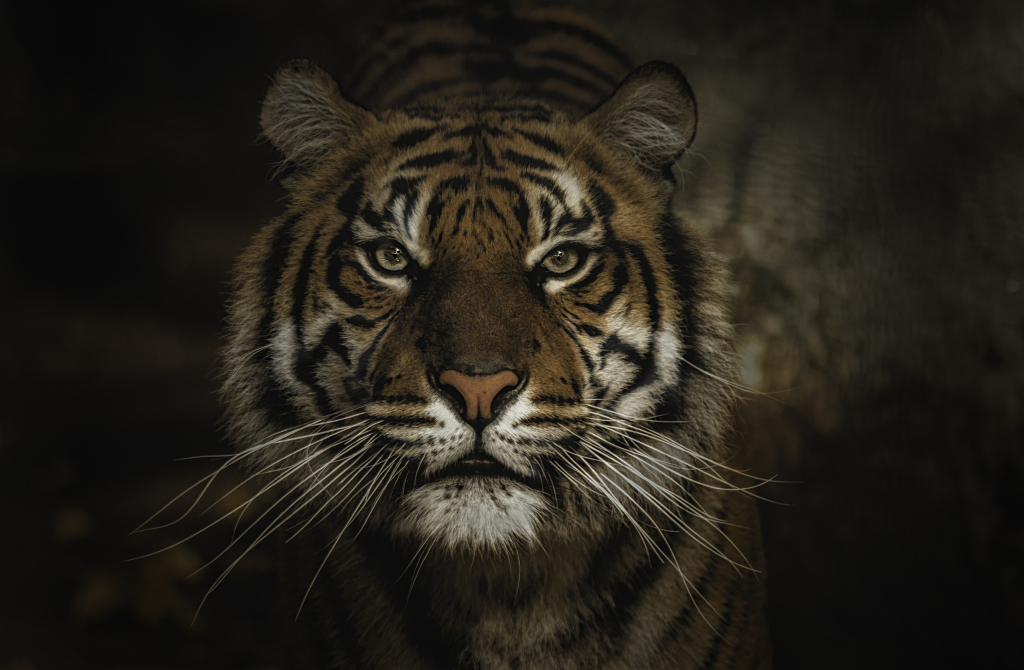
Three of nine subspecies of tiger are extinct, including the Caspian tiger. IUCN estimated that there are only 2,154 to 3,159 tigers left on this planet. /VCG Photo
Roughly one million species of plants and animals face possible extinction caused by humans, the Global Assessment Report on Biodiversity and Ecosystem Services published in 2019 posits. For thylacines and Caspian tigers, it is already too late. But we still can save a million species from the brink of extinction.
As long as we act now.
(All images via VCG)
(If you want to contribute and have specific expertise, please contact us at nature@cgtn.com)

Copyright © 2018 CGTN. Beijing ICP prepared NO.16065310-3
Copyright © 2018 CGTN. Beijing ICP prepared NO.16065310-3